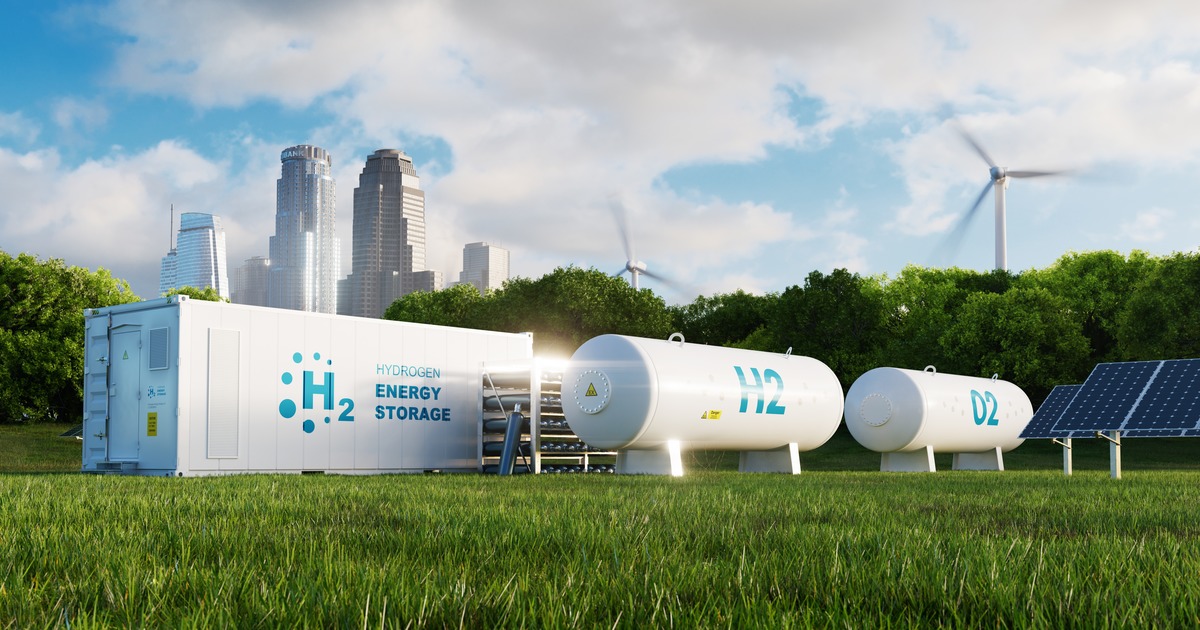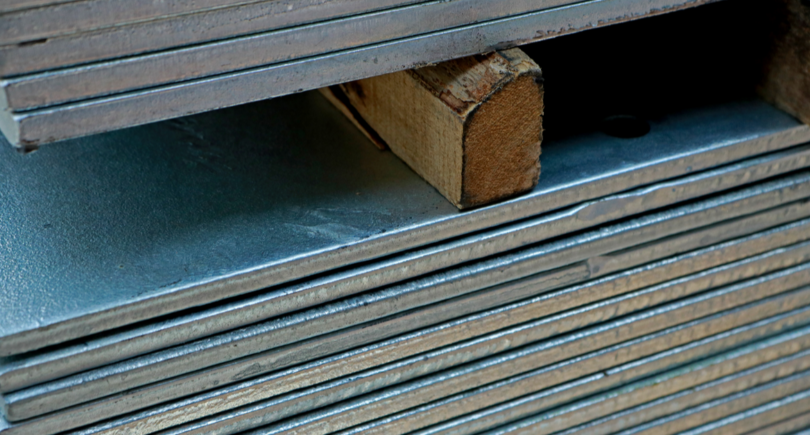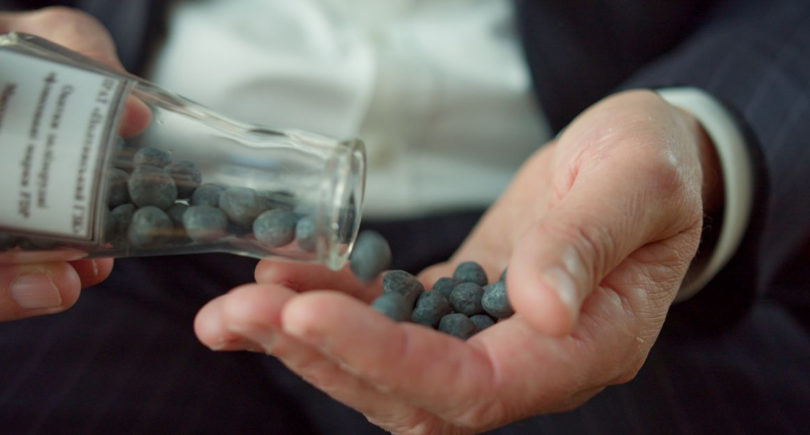
News Industry воднева металургія 1210 15 August 2022
Hydrogen Europe estimates the decarbonisation resources of one plant of 1.2 GW of electrolyzers and 4.5 GW of solar energy
A new report by the Hydrogen Europe association highlights the scale of the challenges associated with the decarbonisation of steel production, which will become a trend in the coming years. According to the association, carbon-free production at an average steel plant in the EU would require 1.2-1.3 GW of renewable electrolyser capacity at full load to produce enough green hydrogen to extract iron from iron ore. Edition of Recharge reports about it.
“If variable renewable electricity is used and the electrolyser cannot be operated at constant full load, the challenge becomes even bigger,” says the 90-page study. “When using exclusively solar PV for hydrogen production, the required electrolysis power would grow to around 4.5-5.0GW, driving up the required capex to almost €7bn for a single plant of average capacity.”
For a typical oxygen-converter steel production in Europe, the indicators will be as follows.
“The total capacity of factories and the EU, operating according to the technology “blast furnace + converter”, of all operating BF-BOF units in the EU is about 103 million tons of pig iron per year. Converting all these plants to DRI-EAF production (a combination of direct reduction iron production followed by steel smelting in electric arc furnaces) using hydrogen could potentially reduce greenhouse gas emissions by up to 196 million tons per year, but this would require up to 5.3 million tons of hydrogen obtained using renewable energy sources, and up to 370 TWh of additional electricity from renewable sources,” the report explains.
Recharge estimates that at an average solar power factor in Northern Europe (where most of its steel plants are located) of 12%, more than 350 GW of PV panels would be needed to generate 370 TWh. For the production of 370 TWh of wind energy – at the average capacity factor of the European potential of stations of 26% (including land and sea) – turbines with a total capacity of more than 160 GW will be required.
“Securing access to a sufficient amount of low-cost renewables will also be a challenge — especially in the northern part of Europe,” says the report
According to the data from the International Agency for Renewable Energy Sources, by the end of 2021, 187.5 GW of wind power and 160.3 GW of solar power were installed in the EU. By 2030, Europe will need 25.5 GW of new wind generation capacity for the production of green hydrogen.
Hydrogen Europe estimates that for hydrogen metallurgy to compete with the current way of steel production, green hydrogen must be supplied to the EU at a price below €3/kg in the high price scenario and below €1.50/kg in the of adjusted prices (compared to an estimate of €5.30/kg today). The high price scenario assumes current high energy prices, while the adjusted price scenario is adjusted downward to reflect potential future long-term fossil fuel price levels.
At current clean hydrogen prices, each ton of steel will cost €126-203 more when produced using the DRI-EAF method, resulting in an additional cost of €100-170 per vehicle for a typical gasoline-powered vehicle.
As GMK Center reported earlier, Salzgitter’s supervisory board has approved funding of more than €700 million for the first phase of SALCOS low-carbon steel program development – the largest investment since the company’s listing in 1998.




